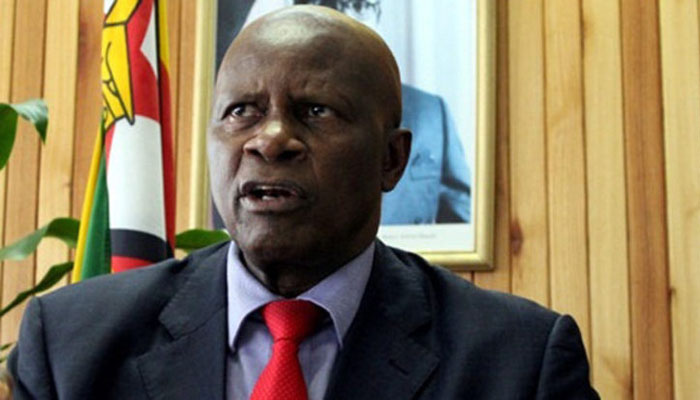
The Sunday Mail

Martin Kadzere
Zimbabwe’s economy is growing at a faster rate than expected, with growth for this year likely to beat initial forecasts, senior Government officials and economic analysts have said.
Most companies recorded improved capacity utilisation and revenue performance during the first six months of the year; and these both point to a growing economy.
Government had projected that the economy would expand by 4,5 percent this year, but Finance and Economic Planning Minister Patrick Chinamasa is optimistic that growth could be as much as 6 percent.
Minister Chimanasa said the growth would be underpinned by mining, manufacturing, construction and agriculture.
The country has already recorded significant export growth from these sectors, with mining leading at $1,6 billion, tobacco at $218 million and manufacturing at $110 million.
This has resulted in a 24 percent rise in foreign receipts to $3,5 billion during the first half of the year.
However, the more conservative World Bank has also revised its initial 1,8 percent growth projections made for the country in January this year to 2,7 percent.
According to the latest trade figures from the Zimbabwe National Statistics Agency, the country’s trade deficit widened by 44 percent during the first half of the year to $1,4 billion, up from $1 billion recorded in the same period last year.
This deficit, however, indicates that more imports were largely towards production.
Consumer goods imports fell 34 percent to $401 million from $610 million.
The improved revenue performance during the first half, as reported by the Zimbabwe Revenue Authority this week, has been partly attributed to increased business activity.
Reserve Bank of Zimbabwe governor, Dr John Mangudya said the economy is on a growth trajectory.
Dr Mangudya said the growth in foreign currency requirements in the past six months show that there is more activity in the economy.
He said with average capacity utilisation increasing to 60 percent, demand of foreign currency had also grown.
“The economy is growing at a faster rate than the rate at which we are generating foreign currency,” said Dr Mangudya.
“This is expected in the short term. It’s a natural progression but in the long term when capacities are fully utilised, we expect to export more and reverse the trend. We do not expect to reduce the trade deficit in the short term because we need to expand capacity.”
Statistics from the Reserve Bank show that between May and June this year, electricity imports rose by 94 percent, diesel imports increased by 27 percent while petrol imports also jumped.
Minister Chinamasa said the recent import substitution measures, which were put in place by the Government, resulted in revival and expansion of some companies.
“Some of the challenges are a result of our successes,” said Minister Chinamasa.
“For instance, we have a challenge to do with foreign currency shortages.
“After we introduced Statutory Instrument 64 of 2016, what it did was basically to trigger revival of our industry in the sense that we were able to operate within the protected market because of the restriction of goods, which were now locally produced.
“Most of the companies, which had collapsed, revived their operations and those that were already operating were able to increase their capacity utilisation and the result of course is that they put more demand on foreign currency.”
Economists said the decline in consumer goods imports reflects that the country is now paying more for capital goods.
“Such a trade gap is not worrisome because it is going into investment,” said Mr Tendai Rowaro, an economist with a local research company.
Another economist, Dr Gift Mugano, said the economy is on the rebound.
“The economy is growing. If you look at companies’ financial statements, you see that sales have been growing, on average by as much as 20 percent, which confirms that there has been growth in aggregate demand.





